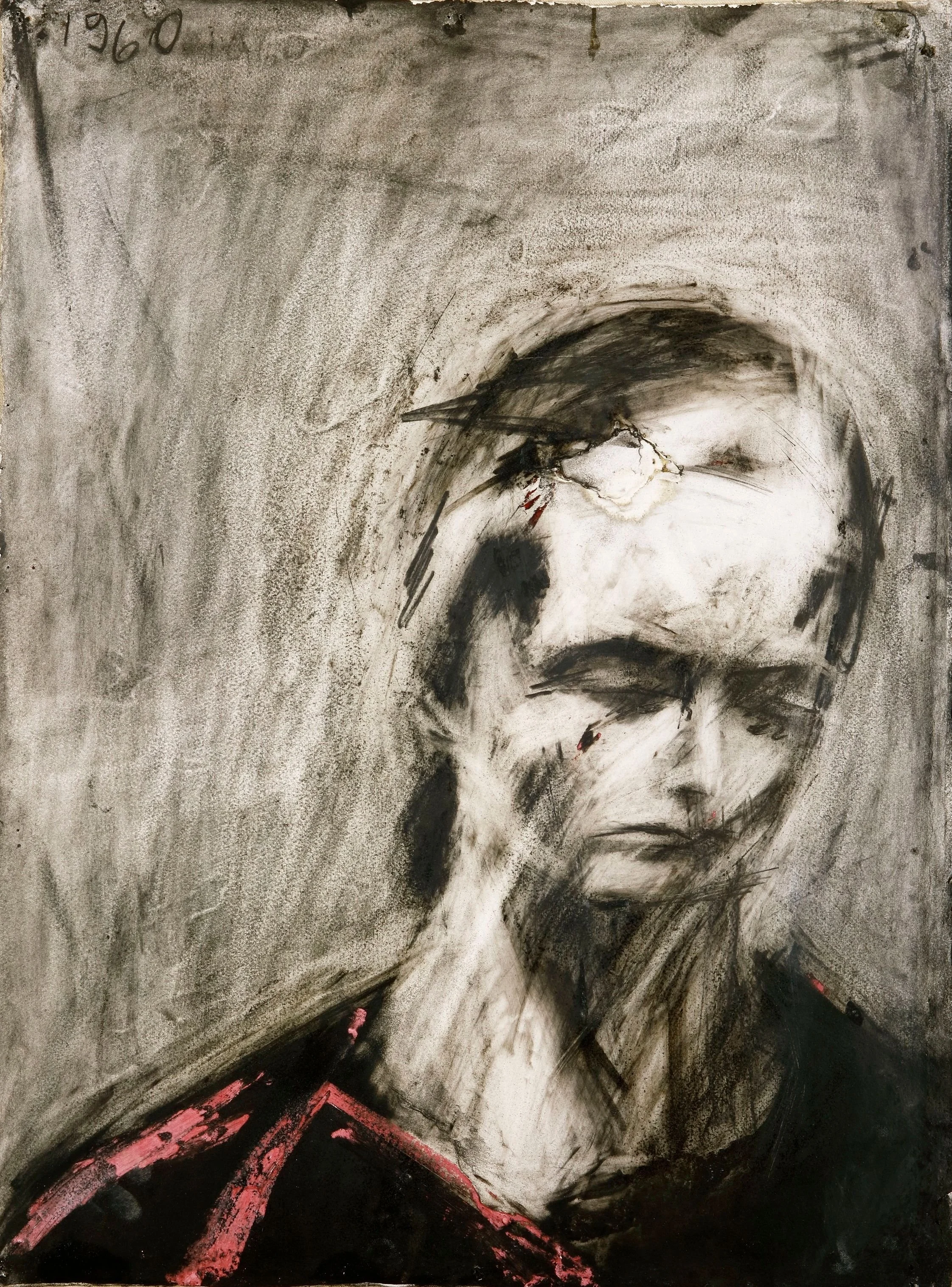Winter highlights: UK public galleries
Joseph Mallord William Turner, Heidelberg c1846, Creative Commons CC by NC
Forget Hogmanay. For art lovers in Edinburgh, the New Year is properly celebrated with a visit to the Scottish National, to see the annual Turner in January exhibition, which opened on the 1st, and runs throughout the month.
The great art collector Henry Vaughan left his important collection of Turner watercolours to the nation in 1900, with one condition: that they were only to be displayed in January, when natural light was at its lowest, so as to protect the vibrant pigments from fading. Follow the great master of light on his journeys through the British Isles and beyond, as far as the Himalayas.
The Scottish National Gallery of Modern Art, in the same complex, celebrates the birth centenary of one of the country’s greatest 20th-century artists, with the retrospective Paolozzi at 100 (January 27 – April 21). The Glaswegian proto-pop artist Eduardo Paolozzi is perhaps best remembered as a sculptor, but experimented in multiple media including plate designs, collages, ceramics and screenprints, all included in this show, alongside a life-size replica of his studio.
Eduardo Paolozzi, Marine Composition, 1950. Colour lithograph on paper. Purchased 1978. © Trustees of the Paolozzi Foundation. Licensed by DACS, London
Frank Auerbach (b.1931), Head of Julia II, 1960, Charcoal and chalk on paper. Private Collection © the artist, courtesy of Frankie Rossi Art Projects, London
Paolozzi’s contemporary Frank Auerbach, arguably Britain’s greatest living artist, has had a very different, more figurative take on how to represent the world around him. Best known as an oil painter, of portraits and landscapes, he was heavily influenced by the Old Masters, painting his subjects in thick, angry impasto. He also employed charcoal as a medium, and the Courtauld Gallery is showing an exhibition of Frank Auerbach: The Charcoal Heads (February 9 – May 27), featuring portraits composed in the 50s and early 60s, over multiple sittings. This is the first time these portraits – of the usual suspects – have been brought together as a comprehensive series.
The Royal Academy follows its blockbuster Marina Abramovic exhibition with the rather unsnappily titled Entangled Pasts: 1768-now, Art, Colonialism and Change (February 2 – April 28). The idea is to examine the shift in how British artists have viewed their country’s place in the world, from JMW Turner to Ellen Gallagher, from Joshua Reynolds to Yinka Shonibare, as ‘part of a conversation about art and its role in shaping narratives of empire, enslavement, resistance, abolition and colonialism’. While you’re in Burlington House, don’t miss the year-long display of Frederic, Lord Leighton’s iconic masterpiece Flaming June, which first wowed audiences at the 1896 Summer Exhibition, and is back on loan from the Museo de Arte de Ponce, Puerto Rico (February 17 – January 12, 2025).
Flaming June, by Frederic, Lord Leighton (1830-1896) c.1895 Oil on canvas
Yoko Ono, Apple, 1966 from Yoko Ono: One Woman Show, 1960-1971, MoMA, NYC, 2015. Photo © Thomas Griesel
Tate Modern’s retrospective Yoko Ono, Music of the Mind (February 16 – September 1) acts as an interesting companion-piece to last year’s Abramovic show at the RA. The show focuses on key moments in the conceptual artist’s career, including her years in London from 1966 to 1971, featuring some of her best known works, including the controversial film Cut Piece (1964) during which she invited audience members to snip her clothes with scissors, and the banned Film no.4 (Bottoms) (1966-7).
Over at Tate Britain, meanwhile, Sargent and Fashion (February 22 – July 7) examines how the fin-de-siecle American society portrait artist manipulated the clothing of his sitters, reflecting an acute understanding of the language of fashion. Over 60 of his works will be on display.
Zeinab Saleh, Early morning, 2024, courtesy Tate
Since the 1990s Tate Britain has been shining the spotlight on emerging artists, in their Art Now programme. The curators have a prescient eye: recent artists to have been featured include Lisa Brice (2018), who soon went on to enjoy a solo show at Charleston, and Jessie Darling (2019) who walked away with last year’s Turner Prize. Next up (January 19 – June 23) is Kenyan-born, London-based Slade graduate Zeinab Saleh whose ethereal paintings, executed in acrylic, charcoal and chalk, play interesting games with lightness






